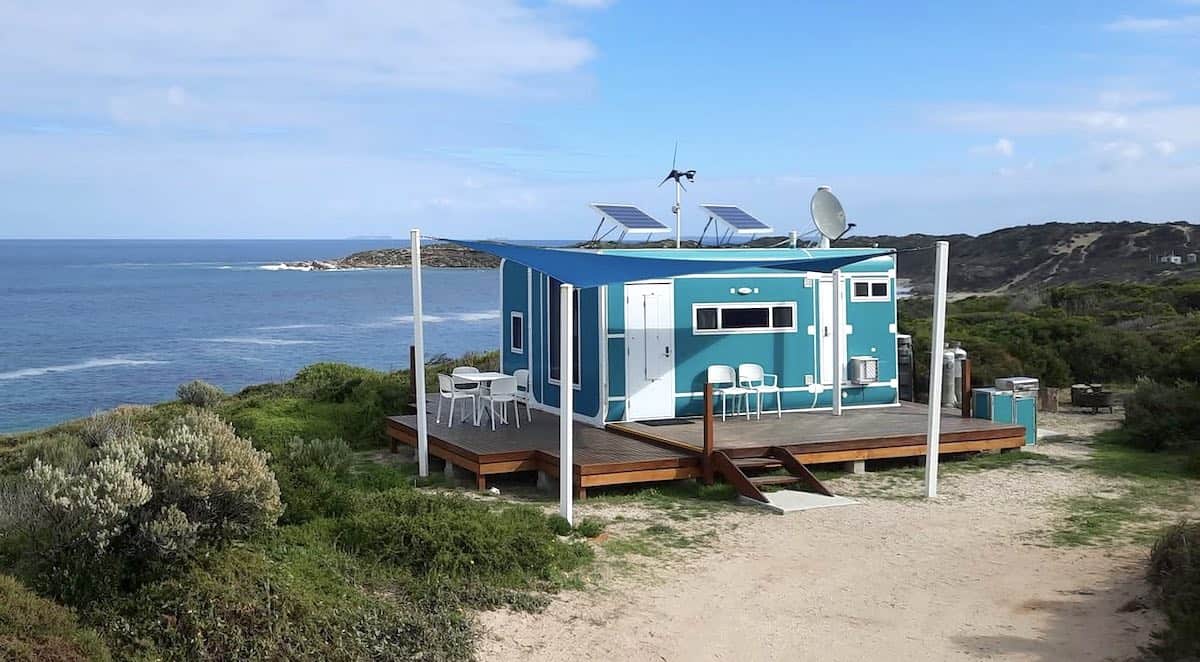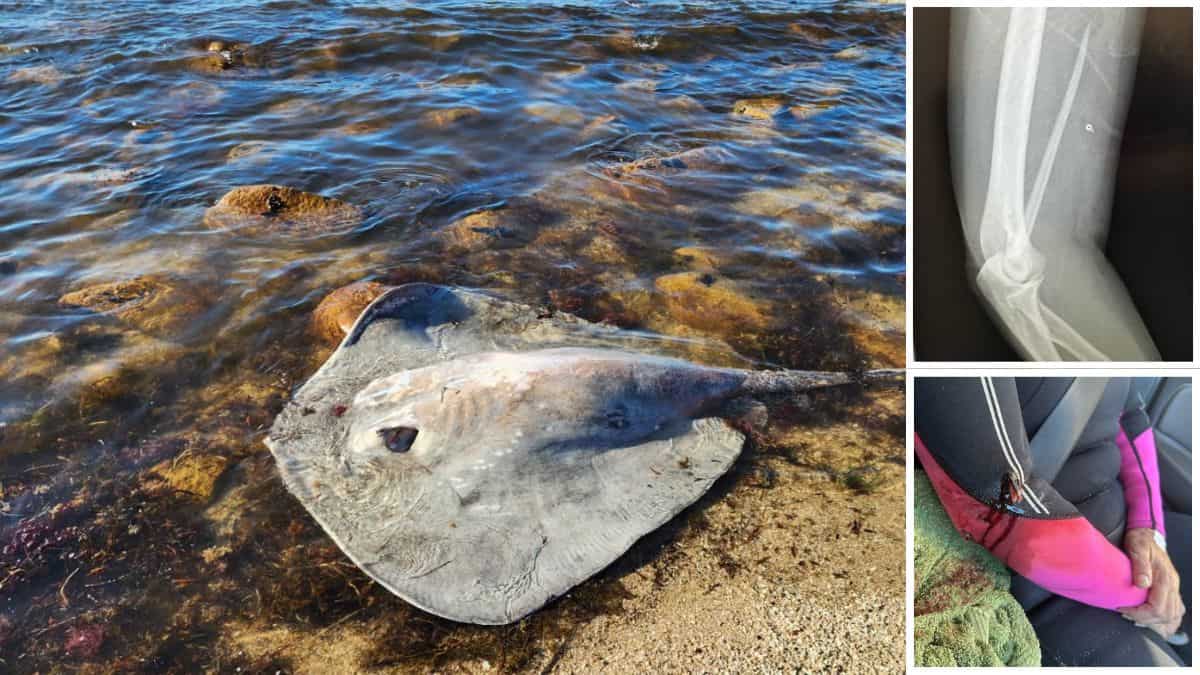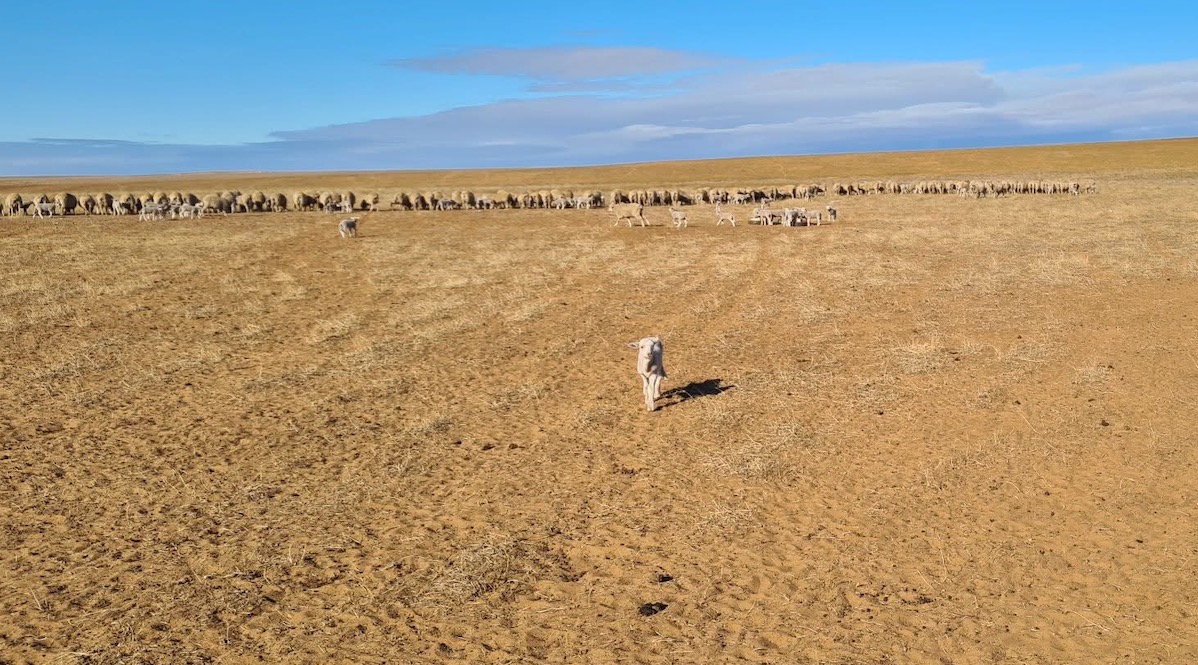Barbed and Bloodied, but Pam Bennett is Still Fighting for the Fish
Near Marion Bay on the Southern Yorke Peninsula, Hillocks Drive is the kind of place that stops you in your tracks. With its rugged coastline, secluded bush camping, stunning eco-pods and crystal-clear rock pools, it’s a haven for anyone seeking out the raw beauty of nature.
It’s also home to Pam Bennett — a passionate environmentalist, born and raised on this stunning stretch of coastline. A true wildlife warrior, Pam has dedicated her life to protecting Hillocks Drive and its marine life.

But during a recent marine survey, she came dangerously close to meeting the same fate as Australia’s most famous wildlife warrior, Steve Irwin.
Last week Pam noticed a worrying discolouration in the water, and a coastline littered with dead and dying sea life. The algal bloom which was first identified on the Fleurieu Peninsula in early March, before spreading to Kangaroo Island and other South Australian coastlines, had made it’s way to Hillocks.
Deeply concerned, Pam joined marine ecologist Dr. Mike Bosley and his team on a routine survey at Hillocks’ Treasure Cove.
“We follow the same path about every six months, snorkelling and counting species,” Pam says.
But it wasn’t long into this snorkel, that Pam was struck from behind by an Eagle Ray. Fifteen centimetres of barb lodged in her arm, pierced a vein, and missed her brachial artery by a mere millimetre.
“It felt like a dog bit me,” she said. Alerted by Pam’s scream, Dr. Bosley and another marine biologist sprang into action. “They laid me back in the water and floated me to shore. They then helped me climb up the cliff.”
Asked if the cliff climb was an ordeal, the stoic 68-year-old said “It was alright, there was nothing wrong with my legs.”
Although she did admit there was a “bit of blood spurting” and that she was considering herself incredibly lucky.
“I was with some pretty capable people,” she said. “If it had hit my artery, or my face or abdomen, it could’ve been a very different story.”
Pam was airlifted to the Royal Adelaide Hospital, where she underwent surgery. “They treated me like a rock star — there was a line-up of people waiting to see me!” she laughed. “It’s not the best advertising strategy, but they all want to make a booking at Hillocks now.“
While she’s now recovering at home, with a 28 centimetre wound to show for her ordeal, she’s extremely grateful for the medical treatment she received. But her big concern is for the local marine life.
“We think the rays were distressed by the bloom. They’re usually so placid. But these ones were distressed — their behaviour was different. They’re in fight or flight mode.”
Like other popular Yorke Peninsula tourist beaches, Pam has also noticed Great White Sharks coming into shallow water – something she’s never seen before. Another Peninsula local reported that on a short walk at Port Vincent last week, he came across 30 Fiddler rays, 12 Wobbegong sharks, 6 Port Jackson sharks and countless numbers of small fish and invertebrate species – all washed up on the shore.
While anyone who discovers dead or sick marine life is encouraged to contact their local National Parks and Wildlife Service office, Pam is hoping for a change in the weather to help disperse the microalgae bloom, and she also encourages everyone to play their part in caring for the environment. “It’s the most important thing in the world to me, and to us as a race. I can’t imagine a world where our children don’t see a native bush or an animal.”







